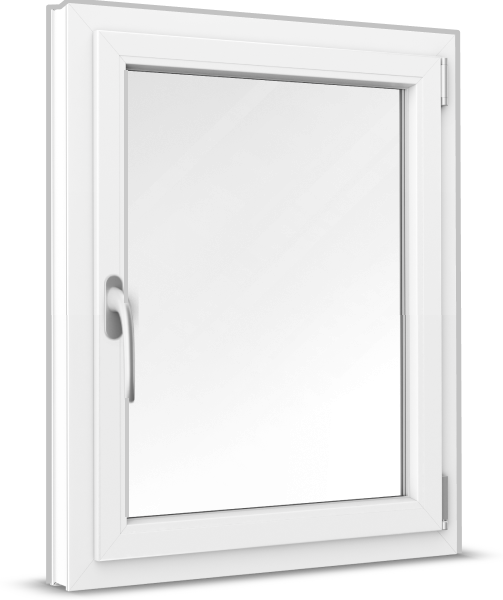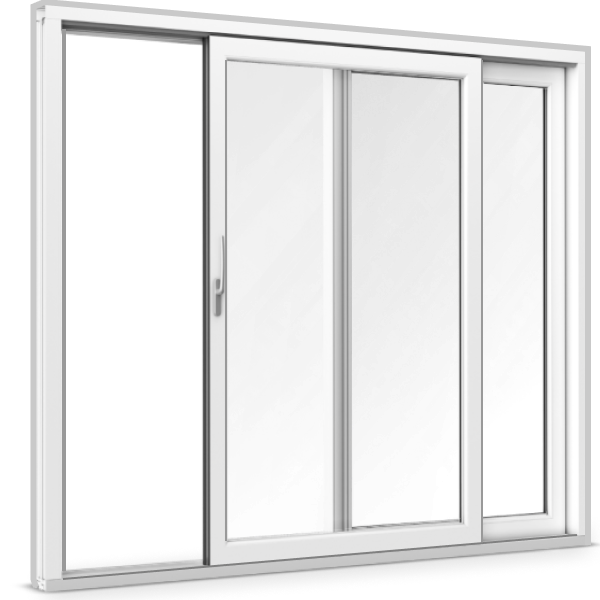-
Windows
 Windows
Windows
-
French Doors
 French Doors
French Doors
-
Patio Doors
 Patio Doors
Patio Doors
-
Front Doors
 Front Doors
Front Doors
-
Roller Shutters
 Roller Shutters
Roller Shutters
-
Window Sills
 Window Sills
Window Sills
-
Sign in
Contact us
Thermal insulation and energy efficiency are among the most important parameters to consider before purchasing a new lift and slide door. Uw values, also known as the heat transfer co-efficient, can help when selecting a new door. The co-efficient calculates amount of heat loss through the product over a given time period. The lower the u-value, the more insulating the product.
| Glass Ug value W/(m²k) | Frame Uf value W/(m²k) | Window Uw value insulating glass edge seal aluminium W/(m²k) | Window Uw value insulating glass edge seal KSD W/(m²k) | Window Uw value insulating glass edge seal Swisspacer Ultimate W/(m²k) |
|---|---|---|---|---|
| 1.1 | 1.8 | 1.2 (1.22) | 1.2 (1.18) | 1.2 (1.16) |
| 1.0 | 1.8 | 1.2 (1.15) | 1.1 (1.11) | 1.1 (1.09) |
| 0.7 | 1.8 | 0.9 (0.93) | 0.9 (0.88) | 0.9 (0.87) |
| 0.6 | 1.8 | 0.9 (0.85) | 0.8 (0.81) | 0.8 (0.79) |

TwinSet Premium - profile section
With an uPVC-Aluminium lift and slide patio door, the Uw-values are calculated using the individual u-values of the window frame (Uf) and glazing (Ug). For the sake of comparison, a reference size of 3500 x 2180mm was used for the calculation. The patio door's exact u-values will differ depending on its dimension.
To improve the value and insulation, a thermally separated edge warm edge seal can be added to insulating glass.
The heat transfer coefficient of an uPVC-aluminium lift and slide patio door determines whether the product can be suitable for passive houses. Energy savings not only protect the environment, they can also make an immediate difference to energy bills.
The difference between a Uw-value of 3.5 W/(m²k) and 0.83 W/(m²k) can make a difference of more than 1000 litres of heating oil per year for an area of 30 m².